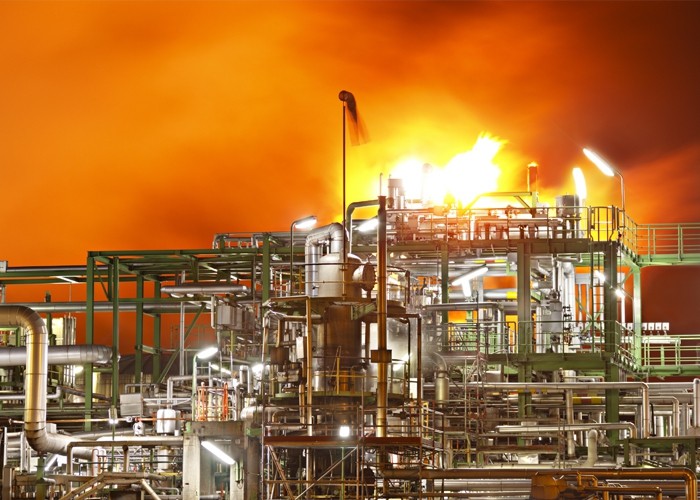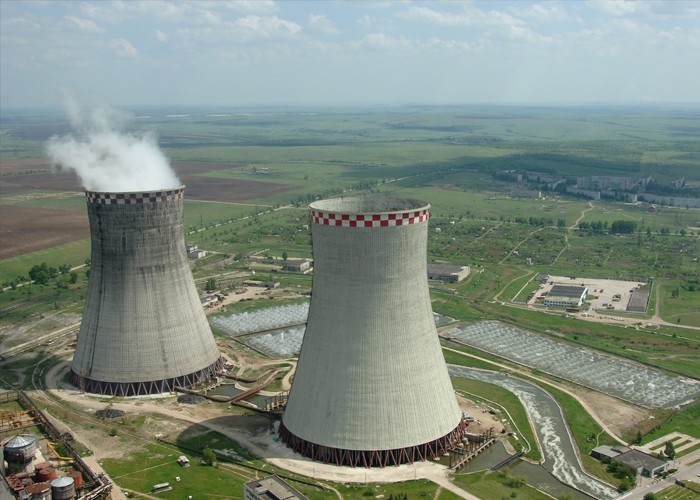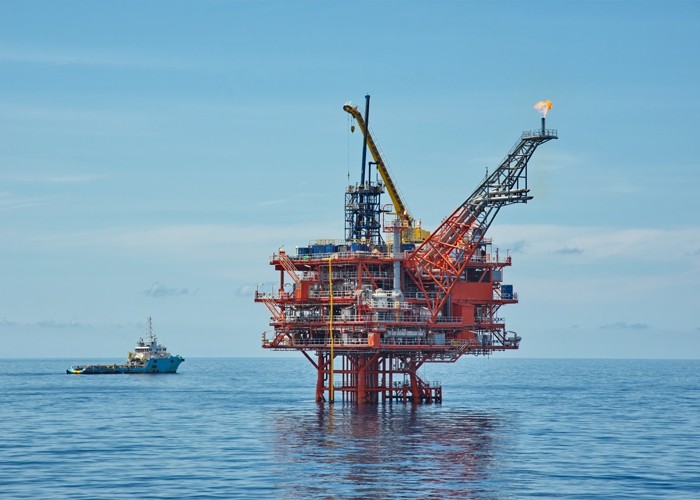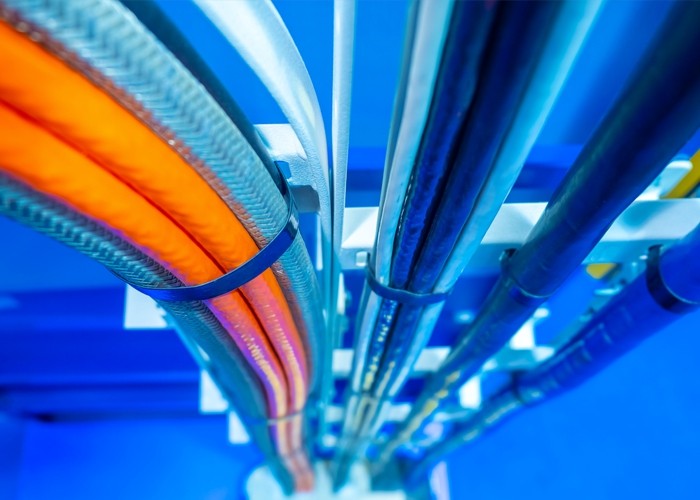General Questions
One requires that all 13A socket-outlets - plus those up to 20A, for use by 'ordinary persons' - should be protected by a 30mA RCD. In bathrooms, for example, RCD protection is also required on all circuits including lighting.
Another regulation concerns protection of cables buried in wall plaster or enclosed within partition walls. Armoured or screened cables to appropriate standards will help here or another option is to use metal protection strip.
A screened cable complying with BS 8436 will have had to pass a test during which the cable is penetrated by a nail to make sure an RCD is tripped before it could cause an accident.
The Wiring Regulations are produced by the Institution of Engineering and Technology (IET) and its website provides more substantial information. See www.theiet.org/publishing/books/wir-reg/17th-edition.cfm
Another regulation concerns protection of cables buried in wall plaster or enclosed within partition walls. Armoured or screened cables to appropriate standards will help here or another option is to use metal protection strip.
A screened cable complying with BS 8436 will have had to pass a test during which the cable is penetrated by a nail to make sure an RCD is tripped before it could cause an accident.
The Wiring Regulations are produced by the Institution of Engineering and Technology (IET) and its website provides more substantial information. See www.theiet.org/publishing/books/wir-reg/17th-edition.cfm
We provide comprehensive product information on this website, see the Products section and then click on the relevant sector and you will find summary details and also the option to download data sheets to help you make the decision about what is the most appropriate product.
We now provide a comprehensive advice booklet covering many current ratings which is now downloadable from this site, see Current ratings on the right hand side of the Products section. Go back to questions
Our products are manufactured to and tested against a wide range of standards including British Standards (BS), European and International Standards (EN and IEC), as well as a large number of industry standards. Go back to questions
Mechanical protection of cables directly buried in a wall is not required if it is installed in one of the following zones:
Within 150 mm from the top of the wall or partition;
Within 150 mm of an angle formed by two adjoining walls or partitions;
The cable is running either horizontally or vertically to an accessory or switchgear on the wall. This zone now extends to the reverse side of a wall or partition 100 mm thickness or less if the location of the accessory or switchgear can be determined from that reverse side.
If installed outside of these zones, the cable must have an earthed metallic sheath or be enclosed in earthed earthed metallic conduit/trunking or be buried at a depth of more than 50 mm or be mechanically protected from penetration by nails/screws etc.
Within 150 mm from the top of the wall or partition;
Within 150 mm of an angle formed by two adjoining walls or partitions;
The cable is running either horizontally or vertically to an accessory or switchgear on the wall. This zone now extends to the reverse side of a wall or partition 100 mm thickness or less if the location of the accessory or switchgear can be determined from that reverse side.
If installed outside of these zones, the cable must have an earthed metallic sheath or be enclosed in earthed earthed metallic conduit/trunking or be buried at a depth of more than 50 mm or be mechanically protected from penetration by nails/screws etc.
We have a reputation for excellence in the field of fire performance. Our unrivalled Total Solution package for fire performance includes Mineral Insulated Cable (MIC), Enhanced Firetec for demanding applications to BS 5839-1 (02) and Standard Firetec for more straightforward installations to BS 5839-1 (02). MIC is known as the only true fire survival cable, capable of withstanding temperatures up to 1083°C, the melting point of copper. See our dedicated Fire Protection area of the website for further information - here Go back to questions
Our products are approved to the highest standards, whether it's BASEC, LPCB or Lloyd's Register. When cable arrives on site check more specifically what has been purchased for you and inspect the product. Is it what was specified? Commissioning tests and inspections are the last opportunity to enforce the specification. Make sure these are rigorously carried out and if problems are found check what is installed against the original specification again, including brands and trade marks if used. If there are problems found with or questions are raised about a cable, don't automatically strip out the cable, but seek advice. If necessary get the cable tested. We fully support the initiatives to rid the market of these rogue cables. Go back to questions
Yes, our technical team can design tailor-made products across the range of markets we serve. Please call or e-mail on 0191 410 3111 or sales@aeicables.co.uk
Please e-mail sales@aeicables.co.uk or call 0191 410 3111.








